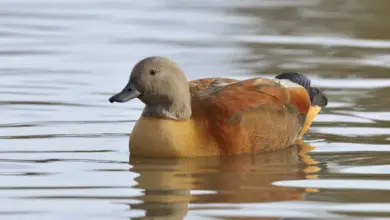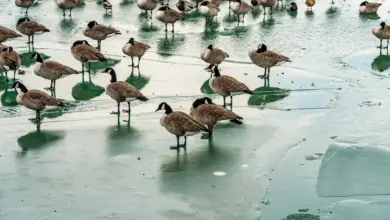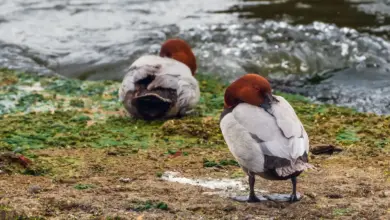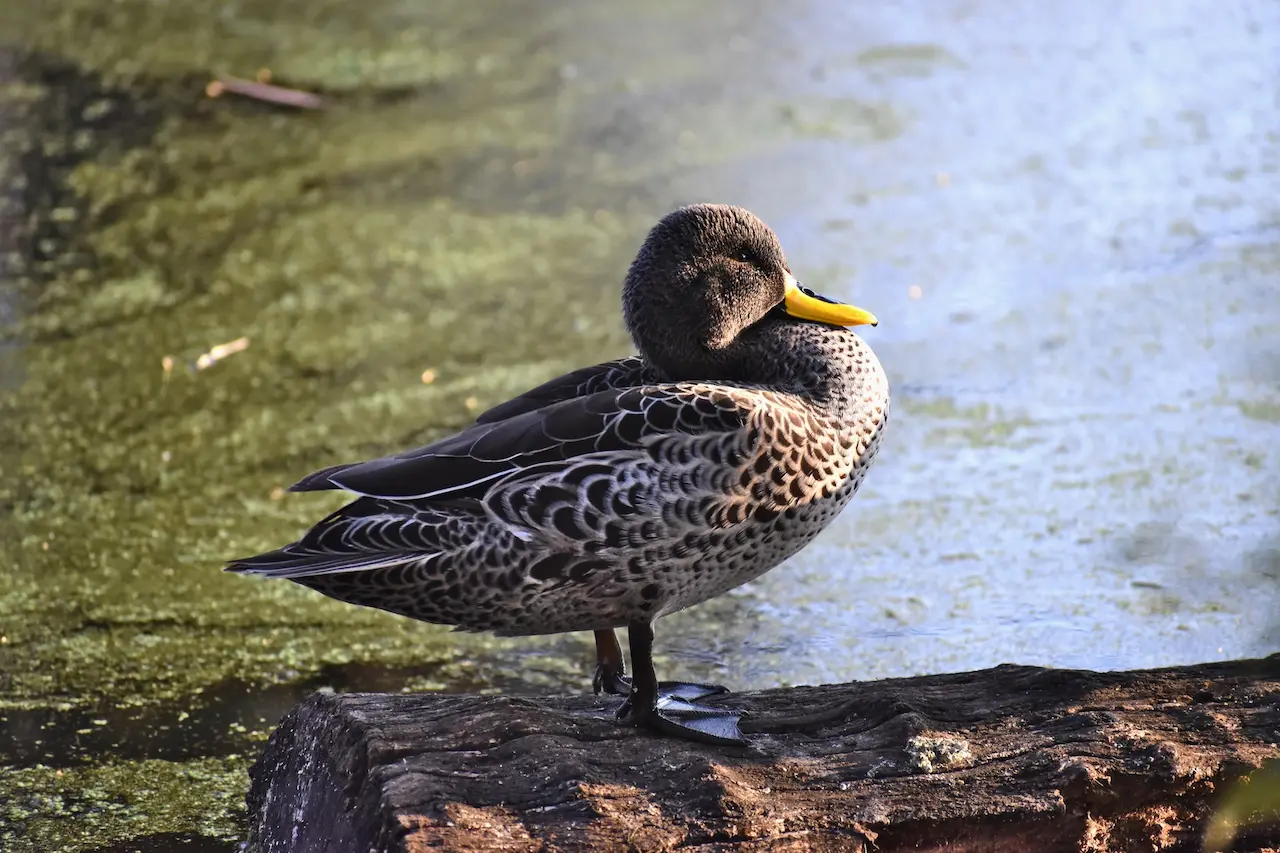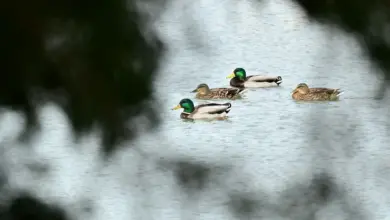The Andean Geese, Chloephaga melanoptera, are membemrs of the shelduck subfamily Tadorninae.
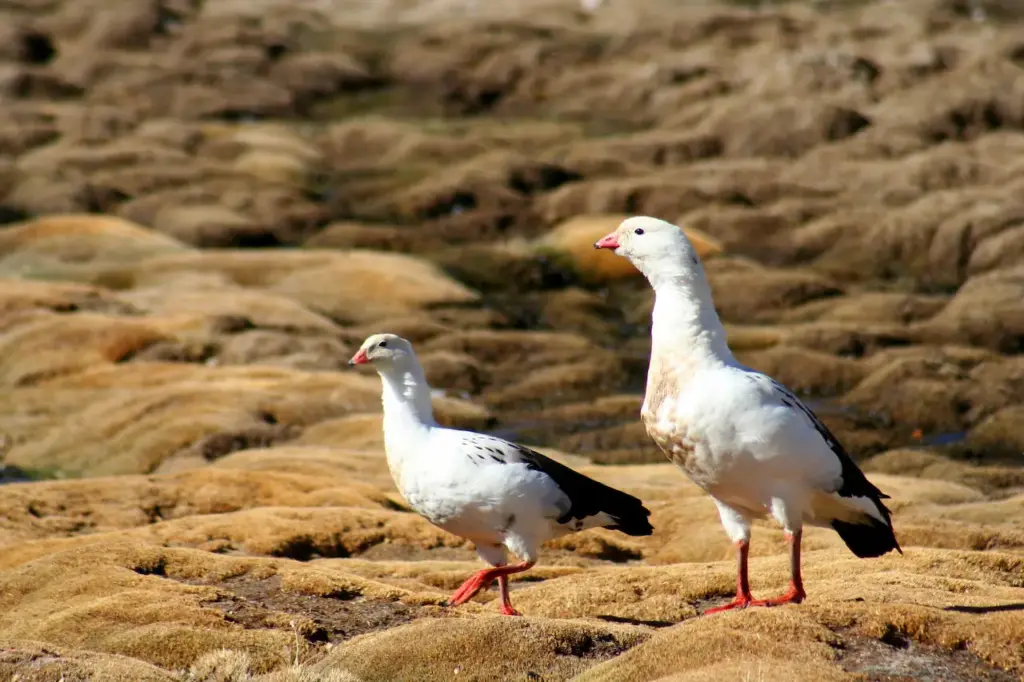
As suggested by their common name, these geese are found in the high Andes mountain range along the western coast of South America. They are resident (non-migratory).
Outside the breeding season, these geese form small flocks.
Andrean Geese typically remain well above 3000 m in areas that are close to bodies of water (i.e., lakes) and marshes. However, they are mostly terrestrial and avoid swimming, except in situations where it is necessary (in emergencies).
Description
These bulky birds have a mostly white plumage, except for black feathers on the wings and the tail. The bill is small and flesh-colored.
Males and females look alike; except males are generally larger in size.
Diet / Feeding
The Andean Geese feed on various grasses.
Nesting / Breeding
They nest on bare scrapes on the ground near water. A nest typically contains between 6 to 10 eggs.
Species Research by Sibylle Johnson
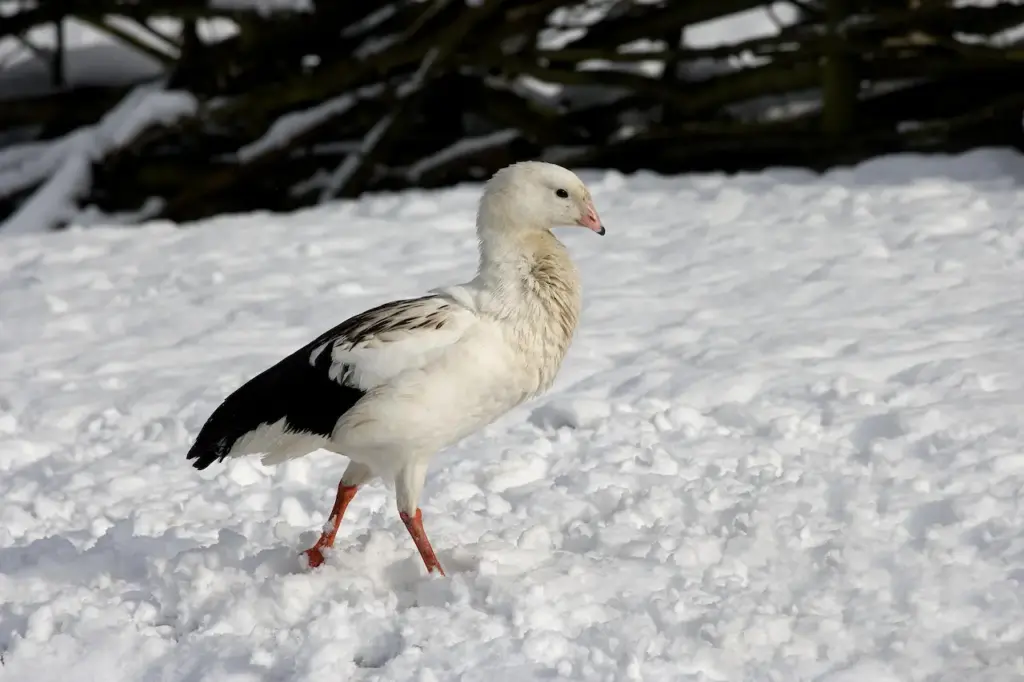
Diet / Feeding:
Geese feed mainly on plant material. When feeding in water, they submerge their heads and necks to reach aquatic plants, sometimes tipping forward like a dabbling duck. Flocks of these birds often feed on leftover cultivated grains in fields, especially during migration or in winter.
Ducks and geese generally feed on larvae and pupae usually found under rocks, aquatic animals, plant material, seeds, small fish, snails and crabs.

